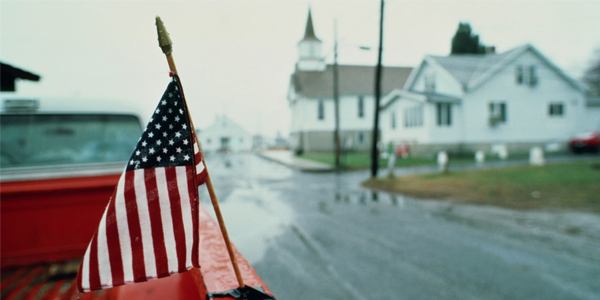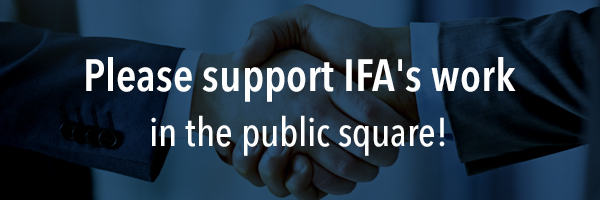
Few Still Believe In The American Dream
Written by David E. Smith
According to a recent Wall Street Journal/NORC survey, just 36% of Americans believe that “the American dream still holds true.” This figure is a significant drop from surveys taken in 2012 (when 53% of Americans believed that the American Dream remained viable) and in 2016 (when 48% of Americans believed that the American Dream was real). Furthermore, a recent NBC News survey showed that 19% were “confident that life for their children’s generation would be better than for the current one—a record low.”
The American Dream is the idea that every American has the opportunity to achieve success through hard work and through the use of his or her God-given gifts. In his bestselling 1931 book, The Epic of America, James Truslow Adams coined the phrase “the American Dream.” Adams described the American Dream as “‘a dream of a social order in which each man and each woman shall be able to attain to the fullest stature of which they are innately capable, and be recognized by others for what they are, regardless of the fortuitous circumstances of birth or position.’”
Inflation and other economic indicators may affect Americans’ views about the American Dream. According to Zippia, the average two-person household can expect to spend between $510-$820 per month on groceries. Add to that the fact that Illinois residents face some of the highest taxes in the nation, and household budgets get squeezed even further. And then we must consider:
- Housing: The national median home price has skyrocketed in recent years, making homeownership significantly less attainable for many Americans.
- Education: College tuition fees have risen significantly outpacing inflation, making higher education a substantial financial burden for students and families.
- Healthcare: Healthcare costs continue to rise, leaving many Americans with high deductibles and facing financial hardship due to medical expenses.
- Utilities: Many residents are struggling to keep up with their natural gas and electricity bills, which have increased dramatically recently too.
Earlier this year, the General Social Survey found that only 50% of Americans are confident that God is real and that 34% of Americans never attend church. Furthermore, the Public Religion Research Institute (PRRI) found that in 2022, 27% of Americans claimed no religious affiliation; the report from the PRRI “tracks a historic decline in the nation’s Christian population.”
Economic woes and unwise government policies at the state and federal levels may contribute to Americans’ pessimism about our nation and lack of hope for a better future, but it is quite possible that our country’s growing spiritual disconnection may also be a significant influence on our perspectives.













